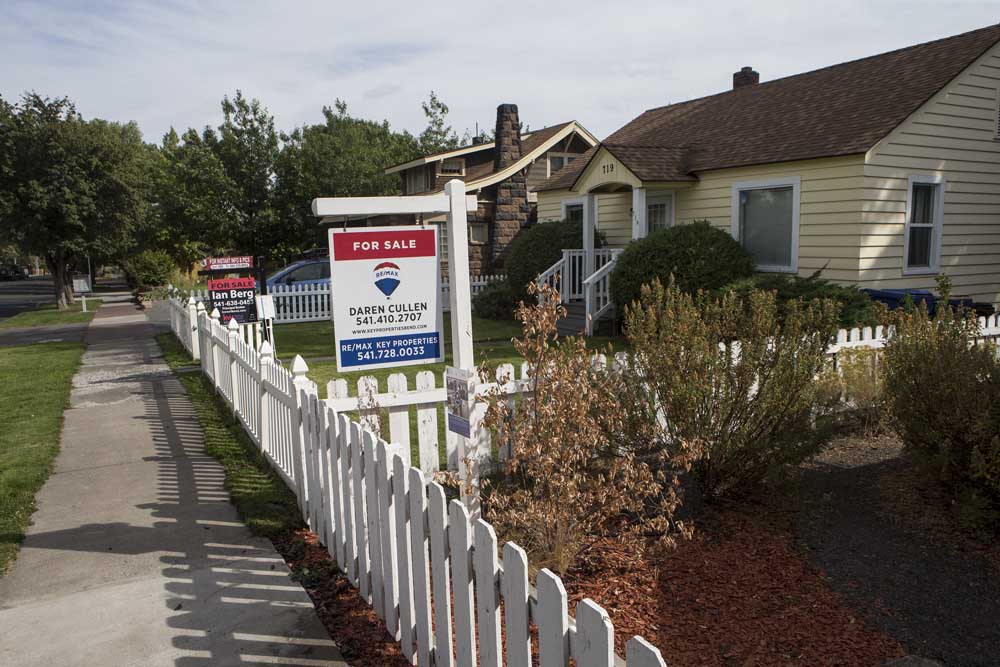Bulletin Business Briefing
Published 7:00 pm Tuesday, November 7, 2023
The Shilo Inn Seaside Oceanfront is expected to be sold, one of several hotels the chain is selling to help pay off debts.
A Multnomah County Circuit Court judge ruled last year that Shilo Management Corp. and the company’s owner, Mark Hemstreet, must repay $3.3 million in debt to California-based Cathay Bank.
Trending
A court-appointed receiver will sell several Shilo hotels in Oregon, Nevada, Arizona and Texas, including the five-story, 113-room hotel in Seaside.
Call for offers for the Seaside hotel are due by Nov. 22, according to a listing by Amber Hotel Co., a commercial real estate agency based in Agoura Hills, California, hired to market and sell the property.
Shilo Management Corp. and Hemstreet, through his attorney, confirmed the property is listed for sale, but would not provide any additional information.
The receiver will review offers and work to maximize the value of the hotel for the benefit of creditors of the receivership estate, according to court filings. The final sale must be approved by the court.
The hotel earned $1.9 million last year, according to the real estate listing.
A processing glitch in the network that processes electronic transfers between nearly all U.S. bank accounts led to delays in settling deposits, some of which remain stalled, according to the private company that operates the system.
Trending
The Clearing House Payments Co. said Monday that a technical error on Thursday resulted in some payment information sent to banks with account numbers and customer names masked, preventing them from being processed immediately. TCH, as the company is known, is owned by a group of 22 major banks, including Citibank, Wells Fargo, Bank of America and J.P. Morgan Chase.
Many customers have complained about the problem on social media, noting that delayed paycheck deposits have imperiled important automatic paymentssuch as mortgage payments, rent and credit-card bills.
TCH apologized for the error and emphasized that individual banks were not responsible for the situation. It also noted that the issue affected only a “very small percentage” of all transactions.
It said it was working with the banks, their customers and the Federal Reserve to fix the problem as quickly as possible.
U.S. households tapped their credit cards more in the third quarter, when strong spending helped to power blockbuster economic growth. But Millennials and people with student debt and auto loans are falling further behind on payments.
Household debt increased by $228 billion last quarter, bringing the total to $17.3 trillion, the Federal Reserve Bank of New York said in a report on Tuesday. That included a $48 billion rise in credit-card balances to $1.08 trillion, marking the eighth straight quarter of year-over-year increases, the report found.
Credit-card balances are now $154 billion higher than they were a year ago, the largest annual increase since the New York Fed began tracking the data in 1999, researchers said in a blog post.
”The increase in balances is consistent with strong nominal spending and real GDP growth over the same time frame,” they said in the post. “But credit card delinquencies continue to rise from their historical lows seen during the pandemic and have now surpassed pre-pandemic levels.”
The percentage of debt balances becoming delinquent dropped to historic lows in 2021 as consumers benefited from pandemic aid and forbearance programs that paused payments on student loans and other debt, the researchers said.
But the share of debt becoming newly delinquent is now rising for most types of debt, the report showed. The main exception is student-loan payments, which only returned last month for federal borrowers.
Whether consumers can keep up with their debt payments and continue spending in the face of higher rates, growing obligations and shrinking savings, is something policymakers and economists are watching closely as they evaluate the strength of the economy.
Delinquency transitions are stabilizing for most auto-loan borrowers, but the rate of credit-card debt becoming newly delinquent rose in the third quarter. The increases were largest for Millennial borrowers, or those born between 1980 and 1994, as well as people who also have auto loans and student debt, the researchers found.
Despite the higher delinquency transition rates, overall delinquency levels are still near or below pre-pandemic levels for most types of debt, the report showed.
–With assistance from Alex Tanzi.
More stories like this are available on bloomberg.com
©2023 Bloomberg L.P.








